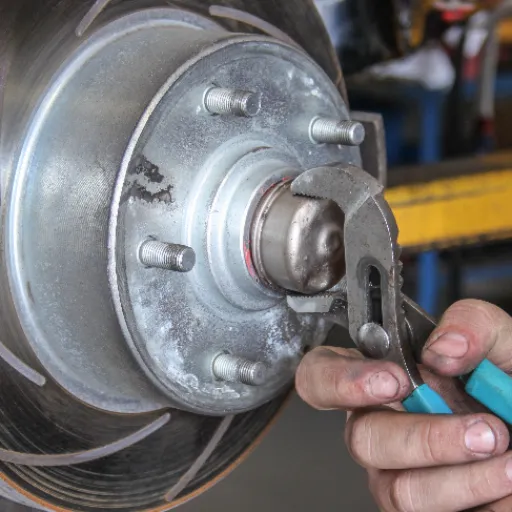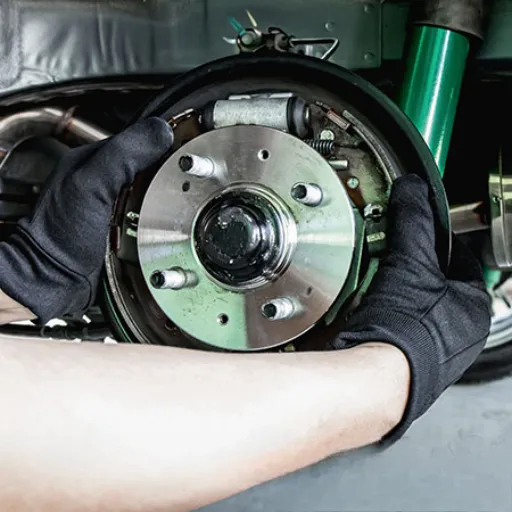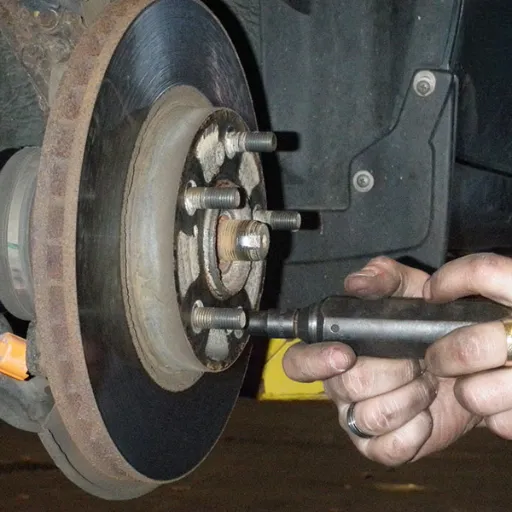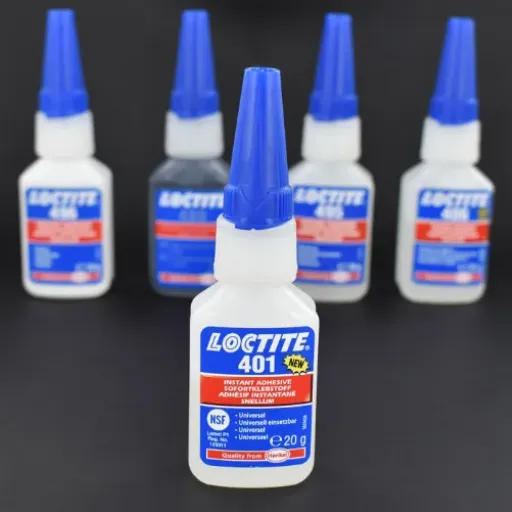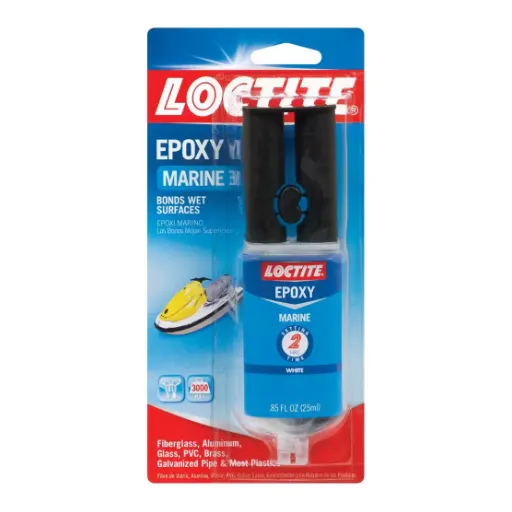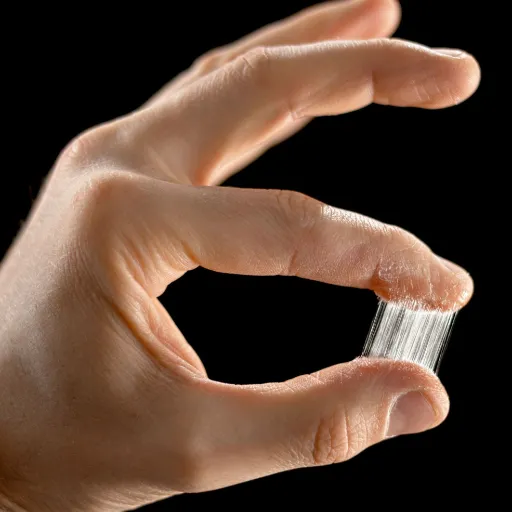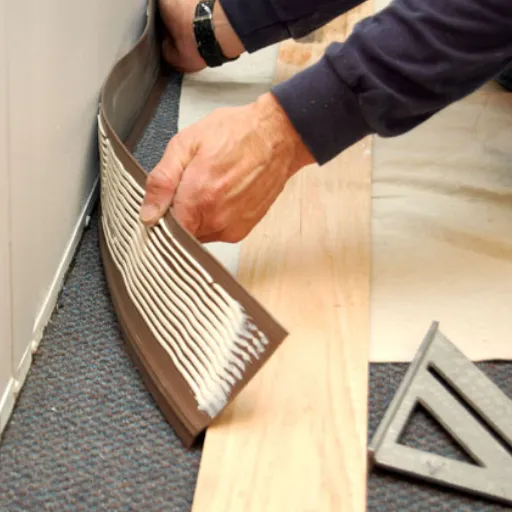Like with many other things, the requirements dictate that the 3D model parts made from PLA are joined in the most reliable manner which, in turn, makes the resulting model durable and seamless. Choosing the right glue becomes critical whether you are fixing a broken model you have printed earlier, assembling intricate prints, or improving the stiffness of elements in your projects. Unfortunately, there isn’t a universal glue which works well for all PLA – using the wrong glue would result in weak joints that would tarnish your model or, worse, damage the parts you spent time printing. This guide helps you choose the best adhesives formulated for PLA, presenting expert advice and concrete strategies to get the bond you need fast and trust the joint to endure. You will learn not only about PLA’s characteristics but also about the performance of certain products, so you can choose with full confidence.
What is the best glue to use with PLA?
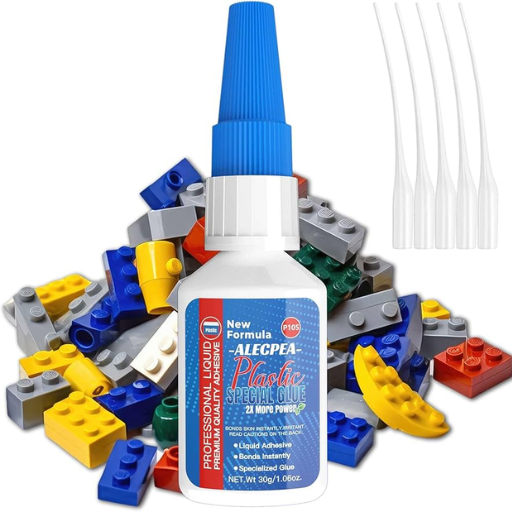
The best adhesive for PLA is cyanoacrylate glue (commonly known as super glue) due to its strong bonding properties and compatibility with PLA’s chemical structure. It is easy to apply, cures quickly, and delivers reliable results. For more intricate designs or larger pieces, two-part epoxy glue is another good choice as it offers high strength, and heat resistance. While either option would work, these are only effective up to a certain point as construction, complexity, and durability of the structure determine what would work best.
What Types of Adhesives Work Best with PLA?
There are a few crucial considerations that must be looked at PLA adhesives to ensure optimal performance are bond strength, curing time, heat and environmental conditions, and application convenience. From these options, the most favorable is cyanoacrylate glue due to the tensile strength its featuring along with its quick-drying ability making it easy for small assembly or repairs. In contrast, applications requiring tougher performance options, systems based on two-part epoxies perform better due to superior long-lasting bonds, heat resistance, and ability to fill minute gaps.
Moreover, polyurethane glue is becoming popular because of its pliability and resistance to water, which could be useful for some outdoor projects having variable environmental exposure. Surface preparation is equally important as it impacts the quality of the bond which is to be achieved. Sanding and cleaning the PLA surface with isopropyl alcohol helps enhance adhesion by increasing surface texture and removing contaminants; thus, improving the adhesion. The qualitative evaluation of these elements ensures the proper choice and effective use of a proper adhesive solution.
How Does Epoxy Compare to Other Glues for PLA?
|
Key Point |
Epoxy |
Super Glue (Cyanoacrylate) |
Hot Glue |
Plastic Weld |
|---|---|---|---|---|
|
Strength |
High |
Moderate |
Low |
Very High |
|
Durability |
Excellent |
Good |
Poor |
Excellent |
|
Flexibility |
Moderate |
Low |
High |
Moderate |
|
Setting Time |
Slow (5-24 hours) |
Fast (Seconds to Minutes) |
Instant |
Slow (15-30 minutes) |
|
Water Resistance |
High |
Limited |
Poor |
High |
|
Heat Resistance |
Excellent |
Moderate |
Low |
High |
|
Ease of Application |
Moderate |
Easy |
Easy |
Moderate |
|
Surface Preparation Required |
Yes |
Minimal |
No |
Yes |
|
Best for Structural Bonds |
Yes |
No |
No |
Yes |
|
Cost |
Moderate to High |
Low |
Low |
Moderate |
The table below summarizes the comparison of PLA bonding, which epoxies perform versus other commonly used adhesives concentrating on few essential criteria for better choice justification.
Can I Use Super Glue on PLA Parts?
Cyanoacrylate glue also known as super glue is one of the candidates for the bonding of PLA parts, though it works better under certain conditions. It is useful in a quick repair or small assembly of PLA parts because it bonds strongly and quickly. It may, however, under-perform due to the surface preparation done as well as the required bond strength. For best results, it is best to lightly sand bonding surfaces to roughen the surface to increase the grip of the glue.
Even though super glue is readily accessible, it cannot be used where the joint will be stressed physically or exposed to environmental temperature extremes or moisture. Super glue fails in such cases because cyanoacrylate adhesives are known to become brittle and to fail under such exposure over time. For more structural applications of high durability and need for stronger adhesion, epoxy adhesives are almost always more dependable due to these materials’ higher tensile strength and resistive to heat. Thus, super glue is able to perform quickly and within simple requirements, however, in the case of PLA super glue does not meet the expectations for sophisticated or load-bearing designs.
How to Glue PLA Pieces Together Effectively?
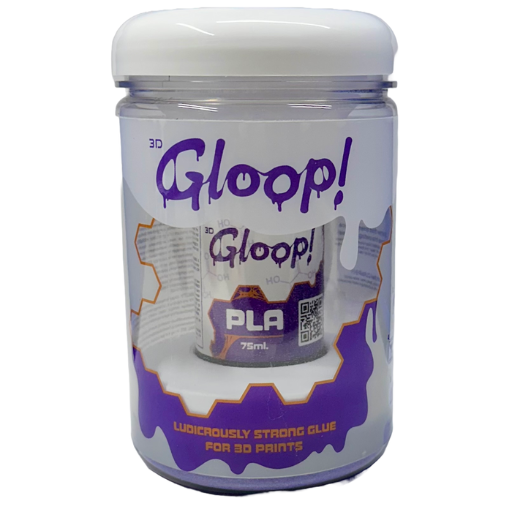
To effectively join PLA parts together, the joint surfaces must be clean and free of any dust or grease. Precision sand the contact surfaces with fine sandpaper to add shallow scratches to the surface, which helps improve adhesion. A two-part epoxy adhesive works best, however, for simpler jobs, cyanoacrylate with activator will also do if applied properly. Spread adhesive on one surface, bond the surfaces with even pressure, and maintain that pressure until the joint is set. If using epoxy, allow the time specified in the data sheet for curing. For improved rigidity of the joint, apply mechanical joints or heat weld, if applicable.
What is the Proper Application Technique for PLA Glue?
Applying methods for Gluing PLA parts requires precision and concentration so that the bond is strong and durable. Different adhesives have differing effectiveness of bond strength that depend on the adhesive selected, surface preparation, chemicals used, and application techniques. Below is a step-by-step list to follow alongside some additional considerations.
- Surface Preparation
Most importantly, proper surface treatment is crucial for achieving bond strength. PLA surfaces must be clean and free from any oils, dust, debris, and moisture. Contaminants perilously jeopardize bond fidelity. However, cleaning with isopropyl alcohol (IPA) is PLA safe and removes perilous contaminants.
- Sanding the Surface
Adhesive PLA bond strength withstanding sheer loads can also be achieved through gouging bonding surfaces with fine sandpaper (120-220 grit). This increases surface texture and area for gluing. Post-sanding, make sure to clean the area again with IPA.
- Choosing the Right Adhesive
– Cyanoacrylate Glue (Super Glue)
Provides a quick and strong bond for small PLA pieces. Works best when used with an activator to speed up curing and ensure consistent bonding. These adhesives are suitable for static models or non-load bearing parts.
– Two-Part Epoxy
Gluing large or load bearing PLA components have an ideal option. Epoxy adhesives are very strong. they are very durable and chemically resistant, however, they do need to be mixed so they have longer cure times (12-24 hours depending on the product).
– Plastic-Specific Adhesives
Strong bonds are provided by Polyurethane glues designed for plastics. Following the instructions provided by the manufacturers ensures results work best.
– Hot Glue
This type of adhesive is less appropriate PLA for structural parts because low temperatures produce a low strength bond and weak the bond overall.
- Application of Adhesive
- Use one surface for applying glue so that it can be distributed uniformly with minimal excess.
- Avoid over-applying a seal as it can lead to poor curing or a mismatch in bond strength.
- Clamping and Alignment
Once the bonding agent has been applied, position and press the components together. Approach the application method in a progressive manner: 1. Align the pieces. 2. Apply uniform pressure until initial hold is achieved. 3. Use clamps to maintain permanent attachment while distributing uniform pressure across all bonded sections. As with other slow-setting adhesives, epoxies require sufficient time without movement for the bond to solidify.
- Curing Process
Compliance with curing time is essential. For cyanoacrylate glue, curing may take a few seconds to a few minutes. For epoxy glues, it is imperative to allow full curing time which is several hours to achieve maximum bond strength.
- Testing the Bond
Gentle testing of the joint should be performed after curing, applying light forces to ensure the bond is solid. Avoiding high stress until adhesive cures fully is best practice.
These meticulously documented processes will give you precise durability and reliability for your PLA parts in all your projects.
How to Ensure a Strong Bond When Gluing PLA Parts?
Many practitioners recommend super glue due to its fast-acting bond and curing time, but using the correct adhesive is critical for stratifying PLA parts. Super glue or cyanoacrylate (CA) glue works well because its bond to the PLA surface is remarkable. For larger components, an epoxy adhesive would be preferred because it possesses greater shear strength and gap-filling characteristics. There are other options too, such as chemically welding PLA using solvents like dichloromethane, but those too have extreme concerns of toxicity and volatility which make them unsafe to work with. Grasping the mechanical requirements of your project will ultimately define the selection of the adhesive that will be most suitable.
Effective surface treatment improves the bonding of PLA parts. Begin with surface cleaning to eliminate dust and oils that might obstruct adhesion as that makes the surface to be unsatisfactory. A detergent or isopropyl alcohol works perfectly for the area to be bonded. Also, to make bonding more effective, lightly rubbing with fine sand paper enables the PLA surface to be roughened microscopically. This is very beneficial in getting strong bonds for PLA joints in high stressed situations.
Sticking to the pla parts bonding procedures outlined above ensures that the desired strength, durability, and precision is attainable, ensuring dependability on the outcome of every project.
What Precautions Should I Take When Using Glue for PLA?
Vigilant adherence to safety measures is critical when applying glue on PLA materials as it may entail working in poorly ventilated areas where inhalation of toxic vapor fumes, resulting from certain glues, ca cyanoacrylate and epoxy, is restricted. Such considerations not only protect one from the irritating vapors, but also allows indefinite usage of the adhesives without risk of allergic reactions or other skin irritations. It is crucial to take into consideration safety goggles. Gloves and goggles should be worn so that PLA is not exposed to uncontrolled environmental influences. As some adhesives may react due to additives in the PLA material, care must be taken to choose glue which matches with the type of PLA material to be used. Temperature is another vital factor; adhesives often have a specified curing temperature that should be maintained for optimal bond strength. Also, avoid excessive amounts of adhesives. As stated earlier, optimum glue quantity is proportional to glue bond quality. USA standards of glues may guarantee uniform bonds and structural fidelity in PLA joints.
Can I Use Acetone to Glue PLA?
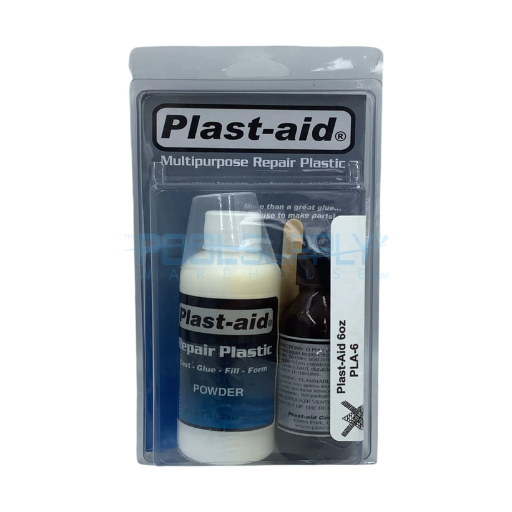
Indeed, acetone can be used to glue PLA, although its effectiveness is rather weak and relies on the type of PLA used. Acetone bonds some plastics, for instance, ABS, because it dissolves the surface layer. In the case of PLA, the interaction is much weaker which is due to the fact that PLA’s solubility in acetone is low. If you wish to use acetone, it is better to try it on a small PLA piece first to check how well the bond would hold. To achieve stronger and more reliable adhesion, specialized PLA glues or epoxies are usually more effective.
How Does Acetone Affect PLA Material?
The contact of acetone with PLA (Polylactic Acid) has lesser effects when compared to other plastics such as ABS, which are more readily dissolvable in acetone. The PLA’s polymer chain will not respond to softening or dissolving by acetone as easily. With ABS, acetone gives a polished, bonded finish by overwhelming portions of systems. Most would say that PLA does not show significant alterations. At most, only a subtle surface change or whitening occurs, which is too mild for proper adhesion or significant smoothing. These factors are primarily responsible for PLA’s semi-crystallin rough nature and its chemical formulation that renders insolubility towards organic solvents such as acetone. Researchers and manufacturers recommend using specially designed PLA adhesives or epoxies for improved adhesion and more effective handling of PLA materials.
What is the Best Way to Use Acetone for PLA Adhesion?
Even though PLA does not react with solvents like ABS does, some users have tried using acetone to either smooth the finish or increase the surface adhesion. One method that has been proposed is circumventing direct application of acetone to PLA surfaces. This can be done by directly brushing or wiping the surface with a piece of cloth that has acetone, but in a way that too much softening or distortion does not happen.
Using acetone alone or in combination with thermoplastic solvents or additives designed for thermoplastics may improve bonding layer or surface treatment adhesion. However, testing with the specific PLA formulation on a small piece is needed to determine compatibility with acetone before scaling up. Furthermore, the treatment’s effectiveness may be influenced by external temperature or humidity, thus, necessitating controlled environments.
Are There Any Specific Techniques for Gluing 3D Printed Parts?
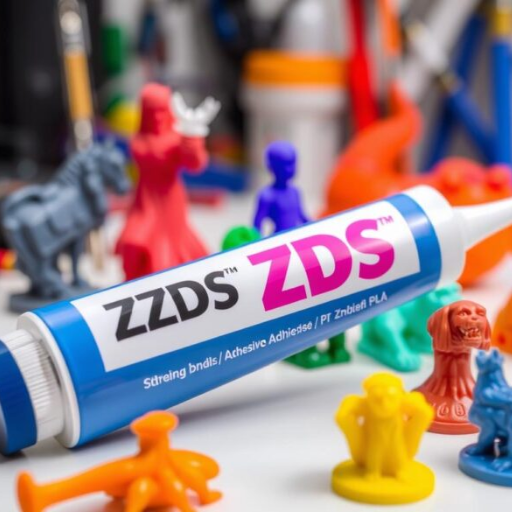
Indeed, joining 3D printed parts entails selection of an adhesive that is compatible with the material of the print. For PLA, cyanoacrylate (super glue) is recommended due to availability, strong bonding strength, and quick setting time. For ABS, it can be fused using acetone-based adhesives or ABS slurry which chemically welds the parts. Gypsum board and other materials should be used in construction providing adequate ventilation so that adhesive fumes do not build up. The surfaces must be clean without dust, and sanded if needed to help with bonding. The adhesive needs to be applied uniformly and put aside for curing time indicated by the producer. Supports or clamps enduring the cure period can be beneficial to joint strength as well as part positioning.
How to Weld PLA Together Using Heat?
Plastics can be welded using heat with a procedure referred to as plastic welding, which is the application of heat in certain areas to the joints of the part in order to melt and bond the materials. This technique is particularly useful in joining 3D printed parts because they are very strong. First, clean the surfaces to be welded and make sure they are well positioned to one another. Depending on the accuracy required, use a soldering iron, hot air gun, or specialized plastic welding equipment.. Set the device temperature to around 180-220ºC. In this range, PLA can be melted without burning or degrading too much.
Move the tool along the joint while maintaining even pressure to the joint and applying heat. For structural increase, PLA filament can be loaded into the seam during welding as a filler. Heat should distributed evenly to avoid weak zones and unevenness. Allow the components to cool after solidifying to maximum bond strength. This practice does require skill, but the end result is a seamless finish and durable joint. Avoid closed-off spaces to reduce the inhalation of vapors coming off heated surfaces.
What Adhesives are Recommended for Large 3D Printed Parts?
The environmental situation regarding the specific elements used to craft the parts and the structural requirements for the assembly must be bearing in mind while choosing the bonding substances for large 3D printed assemblies. Cyanoacrylate glues (CA) are a commonly preferred adhesive for PLA and ABS materials because of their bonding strength and fast curing time. For large parts, epoxy resin works well too because of its exceptional strength and durability where the joint is stressed or required to bear a load. A more flexible filament like TPU requires an elastic bond and is best served with polyurethane glue to retain seam flexibility. Moreover, some polyurethane glues are designed for filaments, thus adding another level of certainty in regards to their performance when used. It is also advisable to mechanically clean the bonding surfaces to improve the grip of the adhesive, as well as the parts interface removing any debris and residue. Surface treatment alongside proper glue selection enables achieving great reliability and long-lasting bonds in large projects.
Can I Use Acrylic Glue on PLA Printed Parts?
Acrylic glue is not commonly used for bonding PLA printed parts because of PLA’s properties and the formulation of the adhesive. PLA chocolate is a thermoplastic semi-crystal made from renewable materials and poses problems for glues that use solvents for bonding like acrylic glue. While acrylic glue provides meh bonding strength, it is too weak when compared to PLA friendly adhesives like super glue (cyanoacrylate) or epoxy glue. With recent developments, it is now possible to buy adhesives made specifically for PLA which are better than the generic adhesives for the material’s characteristics. In cases where the use of acrylic glue is a must, surface treatment like sanding and cleaning the bonding surface helps, in improving bond strength though the results depend on the project’s requirements.
How do I repair a broken PLA part with glue?
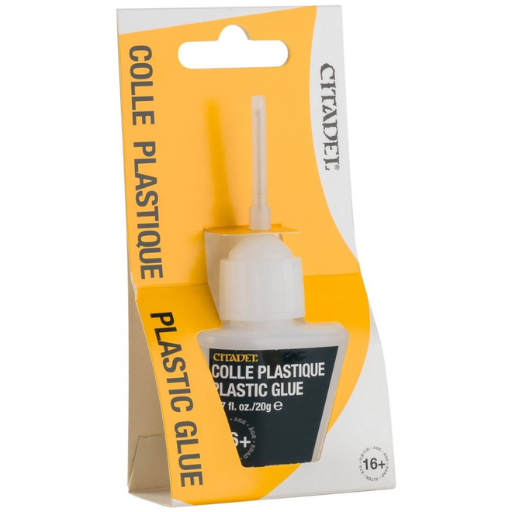
In the case of the PLA parts being broken, repairs can be done using the following steps:
1. The broken edges of the object must be free of any contaminants like dust and grease, hence the need for cleaning surfaces with alcohol
2. The broken edges of the parts must be carefully matched and locked with the help of clamps or jigs to ensure stability during glue setting
3. Apply Adhesive: PLA-specific adhesives or cyanoacrylate (super glues) work best for bonding PLA parts. Ensure a thin layer of adhesive is applied on one surface before joining the two parts.
4. Allow to Cure: Parts must remain untouched and the recommended curing time of the adhesive must be followed for peak bond strength.
5. Reinforce If Necessary: If additional structural support is needed, apply epoxy or using a 3D pen, PLA can be melted and traced around the joint area to enhance strength.
These methods allow for the repairing of PLA parts without losing their functional capabilities.
What is the Best Method to Fix Cracked PLA Pieces?
Using a combination of an adhesive, thermal methods, and post-repair bolstering techniques, ensures PLA pieces are cracked less frequently and remain durable through further applications. To maintain optimal adhesion, clear away contaminants from the delaminated surfaces. Apply cyanoacrylate adhesives, or super glues, sparingly along the cracks to prevent gapping. For large gaps, preemptively softening the PLA with a heat gun or soldering iron will assist flow in achieving gapless fusion. To improve tensile strength, a 3D pen filled with PLA can be utilized to reinforce the repair by adding material to the joint. These techniques not only prevent cracking during use, but preserve crack-free PLA layers in parts that are multifunctional and stress-bearing. A dependable repair is provided for PLA parts in various fields of work by integrating these approaches.
How to Use Glue to Reinforce Weak PLA Joints?
The method of reinforcing weak joints of PLA with glue is highly effective when done the right way. For example, a high strength glue such as cyanoacrylate or super glues work well. With these types of plastics, it is best to use a specifically tailored epoxy made for thermoplastic plastics. Cleaning of the PLA parts by removing stubborn parts like dust, oil and dirt should be done as such contaminants will yield a weaker bond. Surfact cleaning such as IPA (isopropyl alcohol) works best to get rid of any sanding residue along with the adhesion surfaces.
The PLA parts should have their joints glued along the interface in an even manner. Be careful to not use too much glue as it weakens the joint or cures too slowly. You can take fine sandpaper and lightly buff the surfaces add micro-abrasion for added roughness too improve mechanical adhesion. Gentle pressure along with consistent force applied on the parts will aid in acquiring a strong bond too the bespoken surfaces. Follow the curing recommendations from the respective glue manufacturer so that full curing can be achieved.
For extra strength, combine the glue with additional structural features adjustments such as clamps or add ons from 3-d printing and supports from overlays. Following the above mentions enables one to significantly improve the joint strength of PLA parts so that they are more resilient to functional stresses.
Reference Sources
-
Testing the Best Glue for PLA 3D Printed Parts: This article tests various adhesives to determine the best options for bonding PLA parts.
-
Gluing 3D Prints: Glues for PLA, PETG & ABS: A guide on the best methods and adhesives for gluing different 3D printing materials, including PLA.
-
Impact of 3D-printed PLA coatings on the mechanical and …: This study explores the mechanical and functional properties of PLA coatings created through 3D printing.
-
Study of the adhesion between TPU and PLA in multi-material 3D printing: Research focused on improving adhesion between TPU and PLA in multi-material 3D printing.
-
PLA-based biocomposites for sustainable products: A review: A review discussing research on PLA biocomposites, including their applications and properties.
Frequently Asked Questions (FAQs)
Q: What is the best glue for PLA 3D prints?
A: The strongest way to glue PLA parts together is typically using superglue, which creates a strong bond quickly. Other options include model cement and specialty adhesives like Weld-On 16 for a more durable joint.
Q: Can I use Gorilla Glue on PLA 3D prints?
A: Yes, you can use Gorilla Glue on PLA, but be aware that it expands as it cures, which may not be ideal for precision glue joints. Superglue or specific model cements are often a better choice for a good bond.
Q: How do I apply the glue to ensure a strong bond?
A: To get a good bond, apply the glue to both surfaces that need to be glued together. Ensure the surfaces are clean and dry before application for the best results.
Q: Is there a type of glue that works best for different PLA materials?
A: Yes, different PLA 3D materials may respond better to different glues. For instance, Loctite 401 and UHU are popular choices for standard PLA, while Weld-On can be more effective for certain blends.
Q: Can I use wood glue on PLA 3D prints?
A: Wood glue is not recommended for PLA as it may not create a strong bond. Superglue or specialized plastic adhesives are better suited for gluing PLA parts.
Q: What is solvent welding and can it be used on PLA?
A: Solvent welding involves using a solvent to dissolve the surface of the plastic, allowing it to fuse together. Methylene chloride can be effective for creating strong glue joints on certain plastics but should be used with caution and in a well-ventilated area.
Q: How long is the shelf life of glue used for PLA?
A: The shelf life of glue can vary by type. Superglue generally has a shelf life of around 6-12 months once opened, while model cements may last longer if stored properly. Always check the manufacturer’s guidelines for specific shelf life information.
Q: What precautions should I take when using superglue for PLA?
A: When using superglue, ensure you are in a well-ventilated area. Be cautious about using accelerants, as they can cause the glue to cure too quickly and may lead to less effective glue joints if not applied correctly.
Q: How can I repair a broken PLA part?
A: To repair a broken PLA part, clean the surfaces, apply superglue or model cement, and hold the pieces together until the glue sets. For larger repairs, consider using a filler or reinforcement method to strengthen the glue joint.







